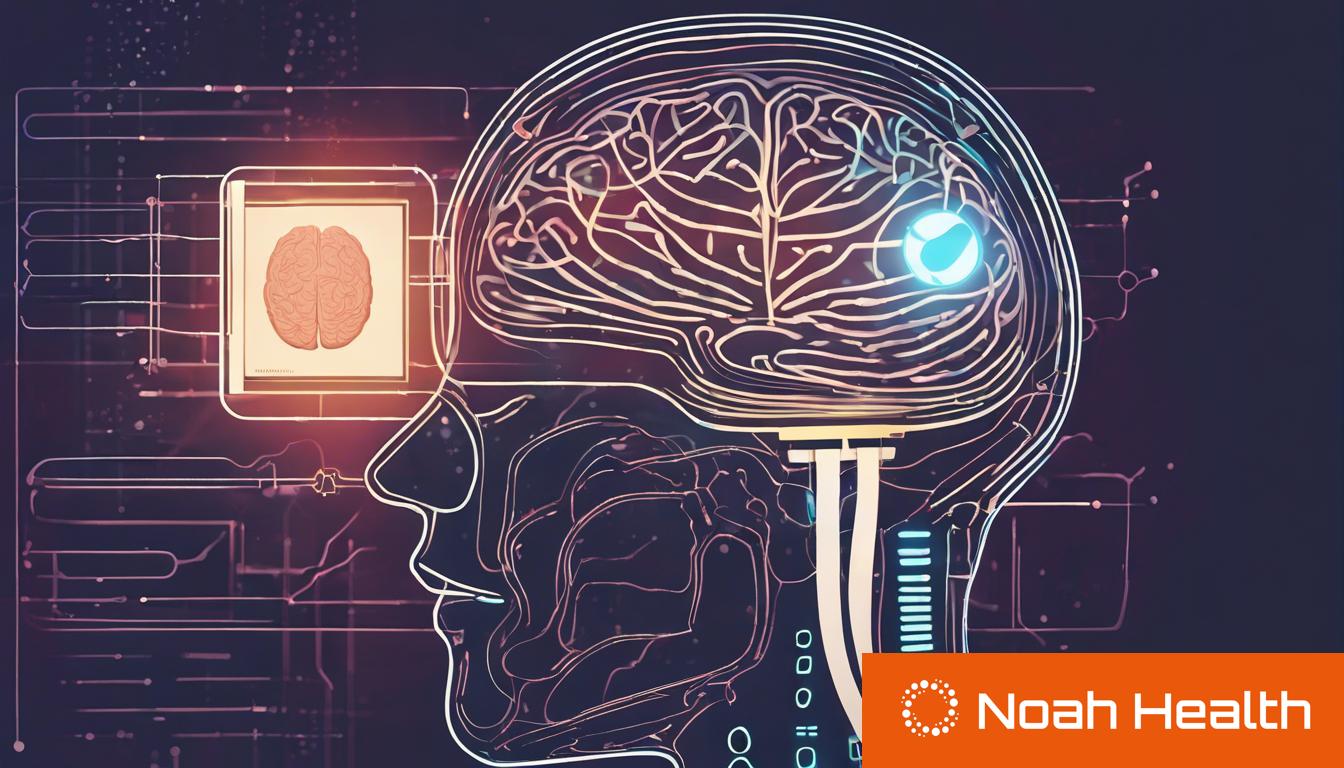
Game-Changing Stroke Treatment Developed at Stanford
Stanford researchers have made a groundbreaking discovery in the treatment of strokes, introducing a new technology that is more than twice as effective as current methods. The device, known as the milli-spinner thrombectomy, utilizes compression and shear forces to safely shrink and remove blood clots, significantly increasing success rates in stroke and clot-related disease treatments.
Revolutionizing Stroke Treatment
The milli-spinner thrombectomy developed by Stanford Engineering is paving the way for faster and more efficient treatments of potentially life-threatening conditions. By spinning away clots that block blood flow to the brain, this innovative technique stands out among recent advancements in medical technology.
Unlike traditional methods that tear clots, the milli-spinner shrinks them, achieving a remarkable 90 percent first-try success rate in stroke models. The Stanford Stroke Recovery Program is dedicated to improving the function and quality of life of stroke survivors through innovative approaches that bridge the gap between neuroscience, engineering, and clinical research.
Advancements in Chronic Stroke Treatment
The NR1 cells developed at Stanford represent a significant leap in chronic stroke treatment, offering limitless manufacturing potential without genetic modification. The Steinberg Lab at Stanford has pioneered an NR1-based therapy to derive neural stem cells capable of recovering neurologic function following ischemic stroke.
Evidence-Based Care Delivery Model
Researchers at the Stanford Clinical Excellence Research Center have introduced a new stroke care delivery model focused on evidence-based strategies to enhance patient outcomes while reducing related costs. Through the integration of engineering, medicine, and basic science research, the Stanford Stroke Recovery Program aims to optimize long-term stroke recovery.
Identifying Beneficial Procedures
Lead author Gregory Albers and his team have discovered that certain ischemic stroke patients can benefit from clot removal procedures up to 16 hours after the stroke. Utilizing software developed at Stanford, researchers can identify patients who are likely to benefit from this procedure, as demonstrated in a multi-center clinical trial supported by the National Institutes of Health.




.png?width=1200&height=630&fit=crop&enable=upscale&auto=webp)

